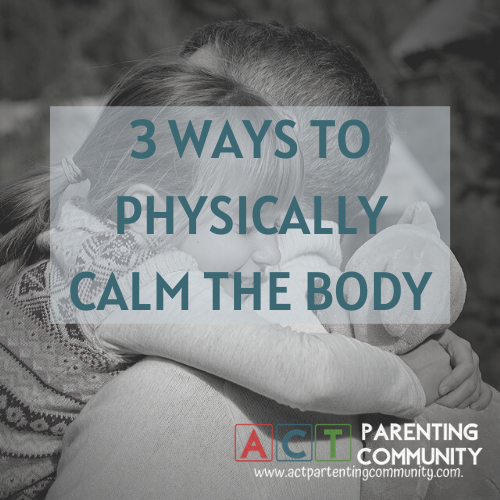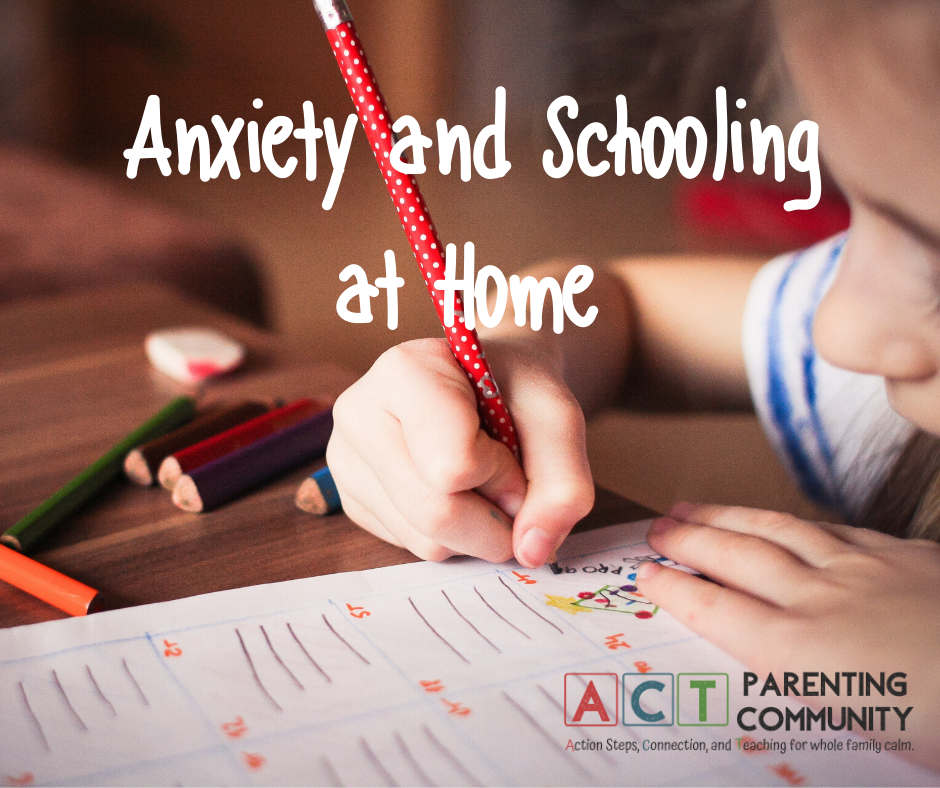I have never been a person who has struggled with anxiety much…until the last few weeks.
Suddenly, every day tasks are overwhelmed by racing thoughts.
The unknown of tomorrow causes leaves me with a tight feeling in my chest. And soon I’m not longer responding to myself or my family from my rational thinking brain. Rather, my emotions have taken over and I find myself yelling at my kids more, crying over the small stuff, and snapping at my partner.
And it’s not just me. The outward expression of the anxiety differs for all of us, but we all experience it. For some it’s more frequent meltdowns, others experience a desperate need for any feeling of control.

I hear it in the raised voices in our house. I see it in the hiding away in their room, door closed and the “Do not Disturb” sign taped firmly to the door.
“This change has caused me to stop and think: how do I help myself and my family release the energy that’s building up in our bodies from the anxiety?”
Here are 3 things we’re doing in our family. They are simple, effective, and can help your family experience more calm too.
Get Upside Down!
Flipping upside down helps to calm down the body by stimulating our vestibular system. Have you children do a handstand, hang off monkey bars, do a cartwheel, or hang off the couch to calm their anxiety down. Parents, you can do this too. Try hanging your head off the side of your bed or doing a forward bend. Hang for at least 20 seconds and notice the changes in your body.
Engage the Peace Blanket.
Pressure is an important part of calming our bodies. Use your hands to engage important pressure points on your head. Place one hand on the back of your head and the other on the front of your forehead. Leave your hands there for a few minutes and take some deep breaths. I often use the Peace Blanket on myself at night when I can’t calm my brain down enough to go to sleep or when my kids are restless and can’t get settled.
Happy Hugs.
In the days of physical distancing from our close friends and extended families, our bodies are getting less physical touch. However, touch is an important part of regulating the body and has even been shown to release the “feel good” hormones, oxytocin, dopamine, and serotonin. With those in your immediate household, make sure you are getting and giving hugs every day!

